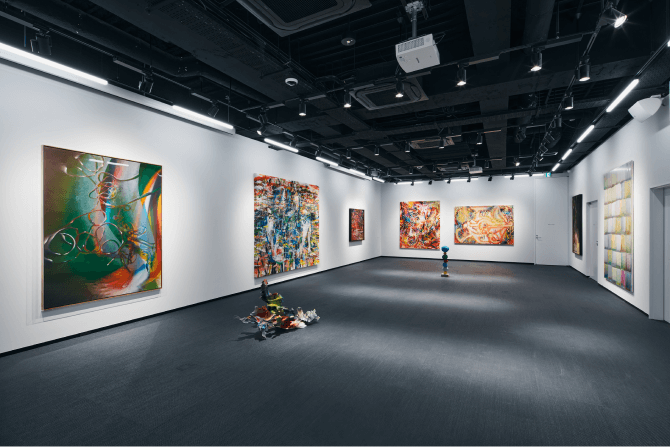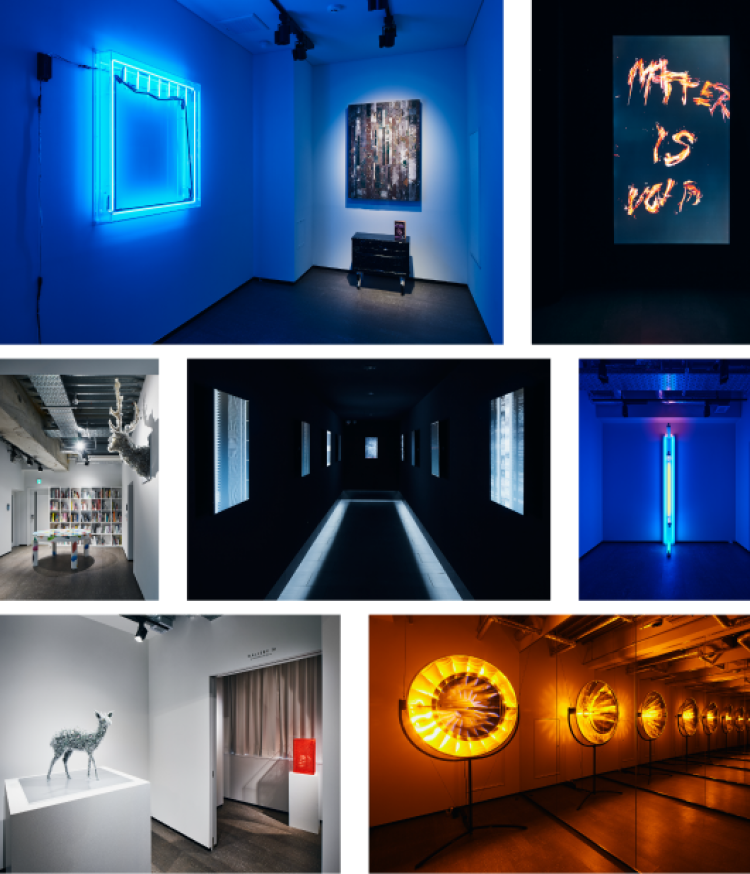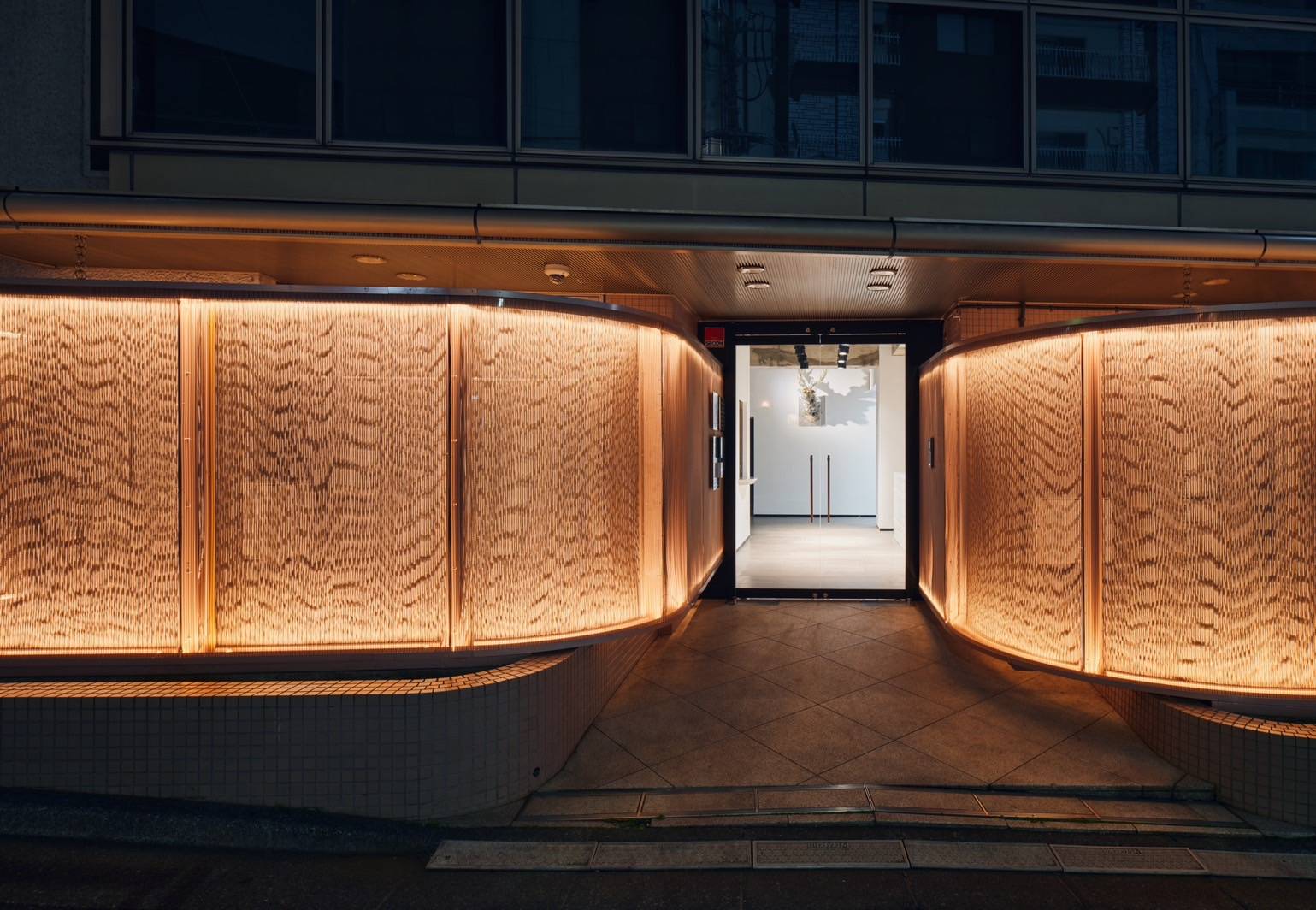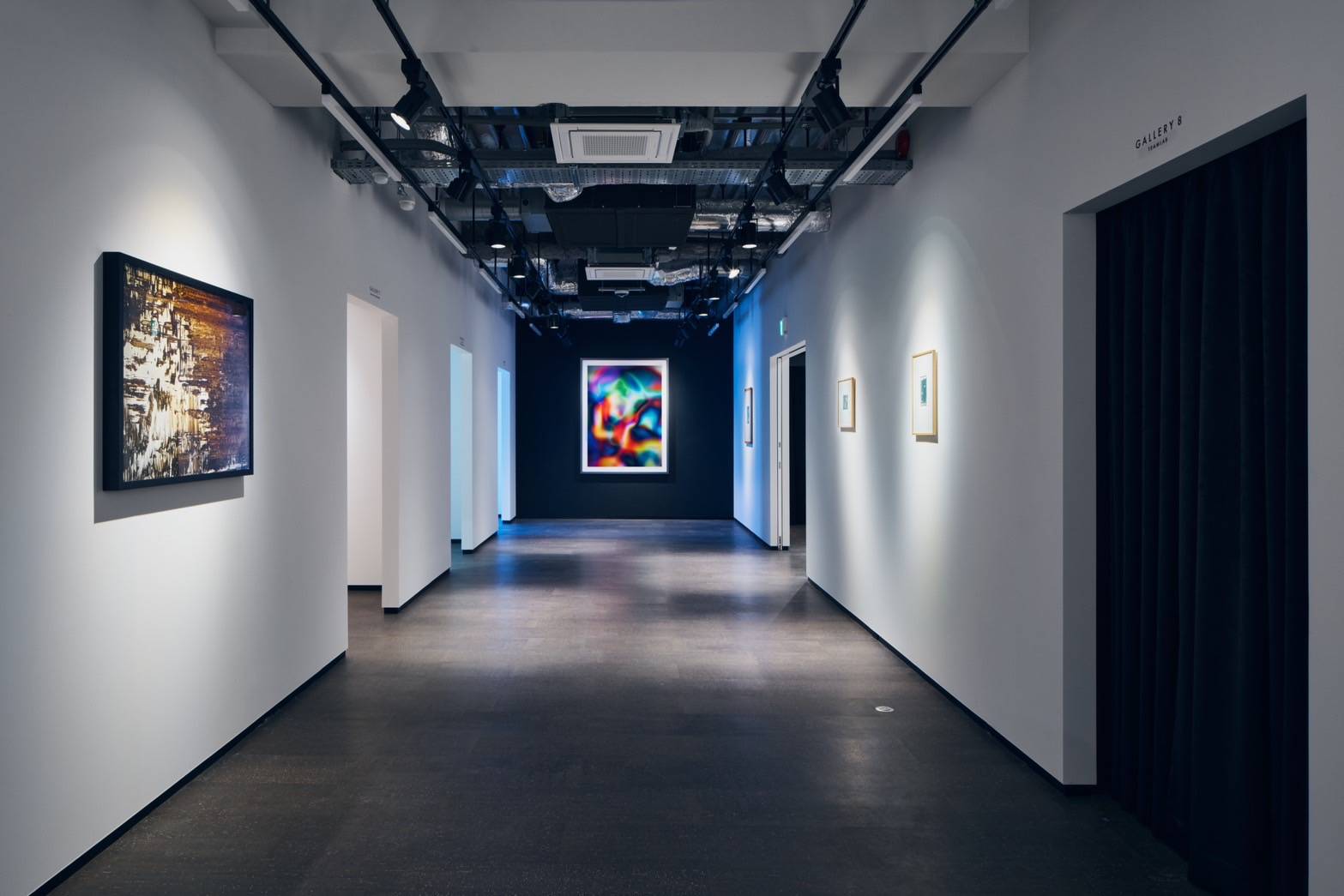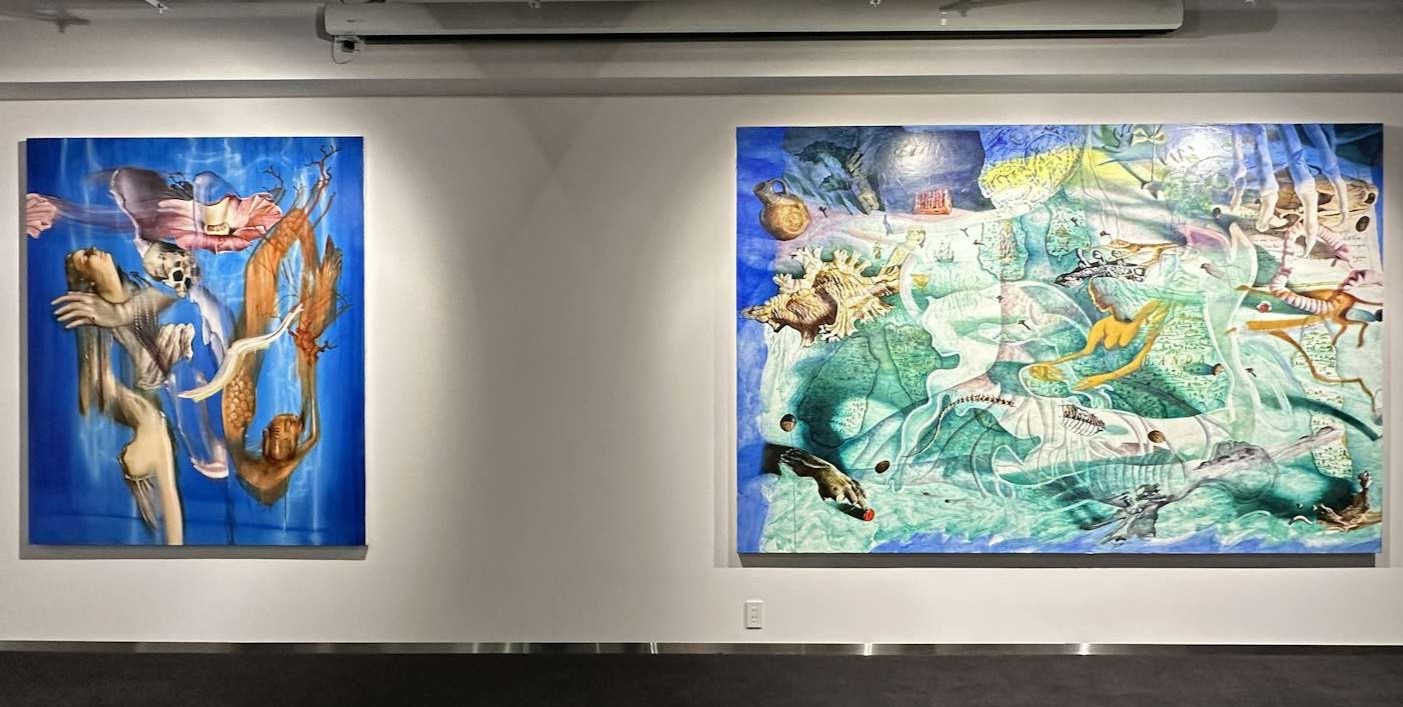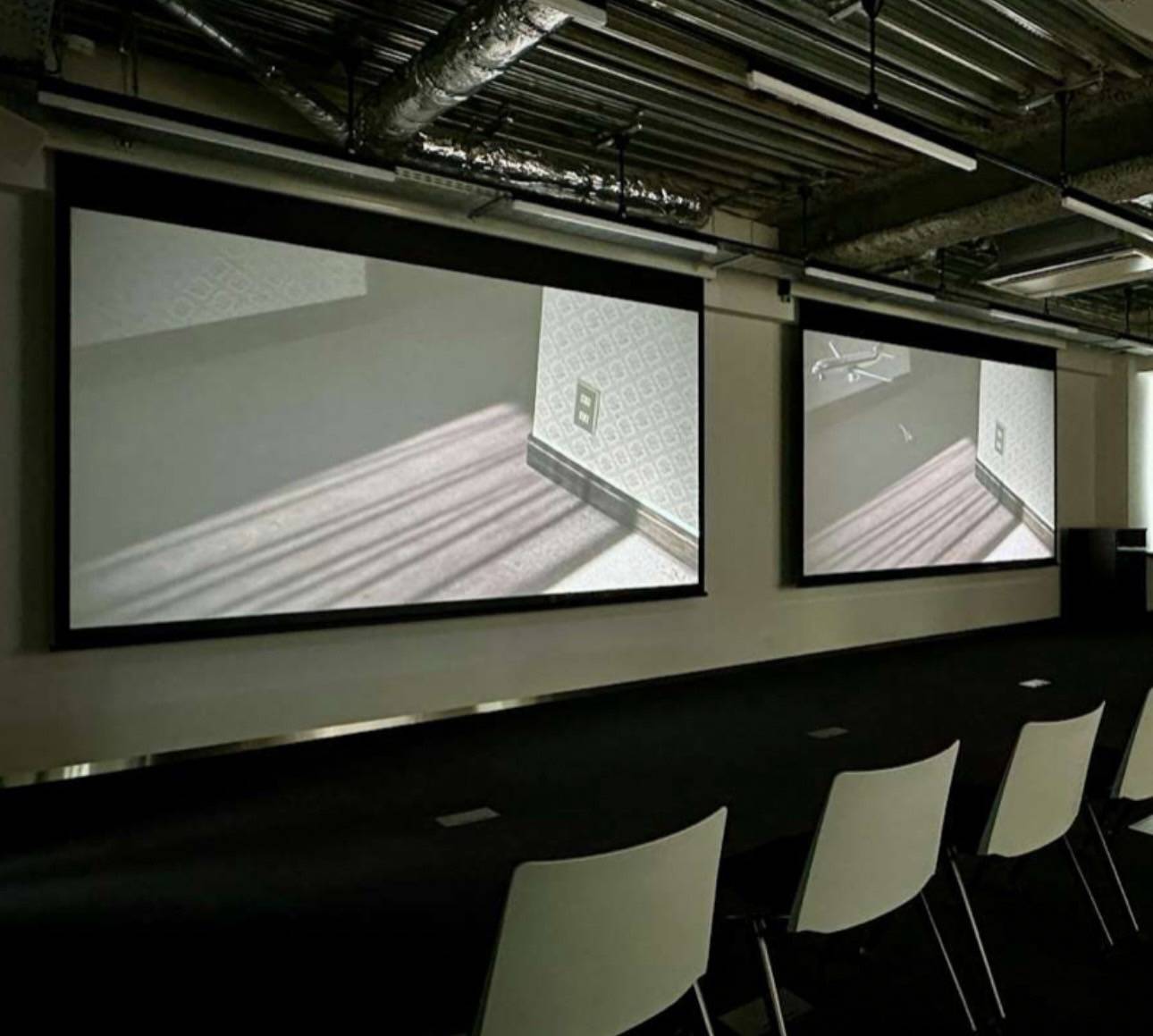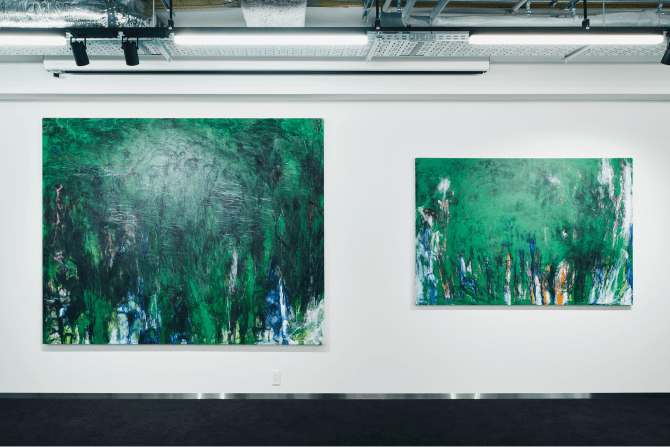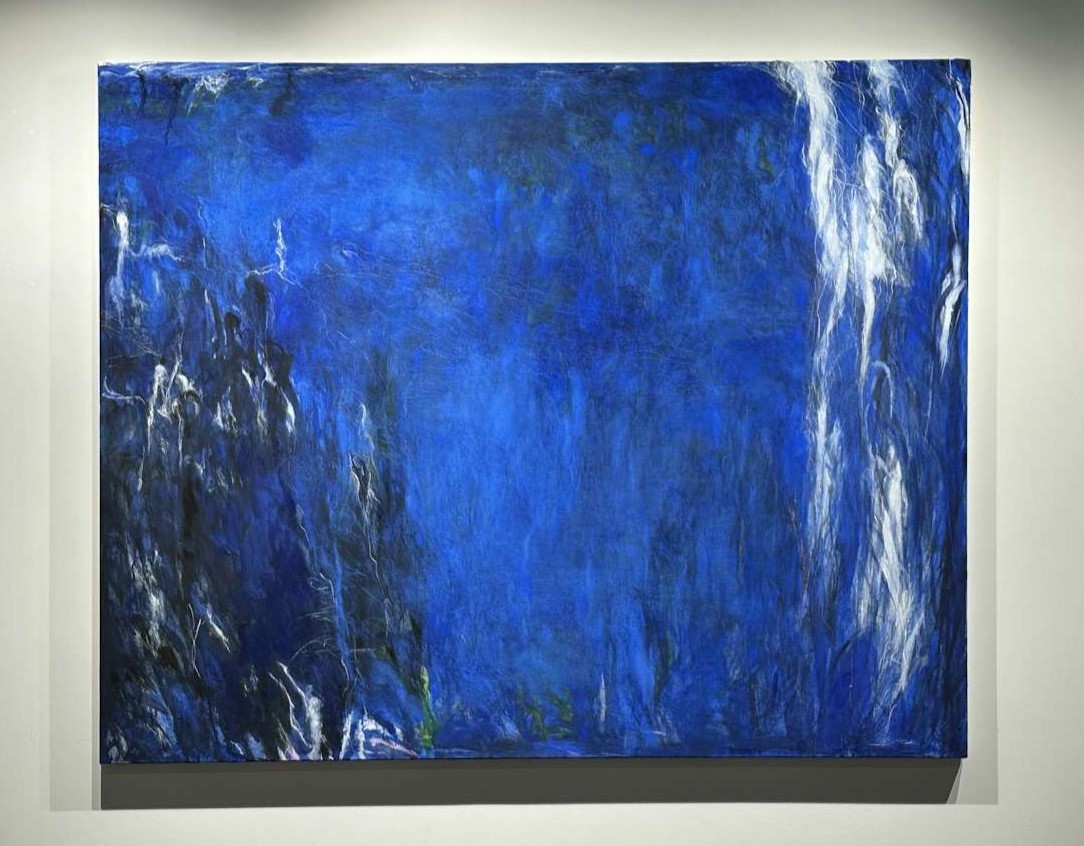UESHIMA MUSEUM will open to the public on 1st June, 2024.
The museum will exhibit selected contemporary art pieces from UESHIMA COLLECTION, a collection of over 650 works by a wide range of domestic and international artists based on the theme of "contemporaneity" and aligned with various themes.
Dates |
1st June, 2024 (Sat) ― End of December, 2024 (Extended until Saturday, May 17, 2025 due to popular demand)The exhibition has ended.
Opening Hours (Date and Time Web Ticket System) |
11:00 ~ 17:00 (Last entry at 16:00)
Admission fee (tax incl.) |
General: 1,500 JPY
High School & Junior High School Students: 1,000JPY
Elementary School Students & Younger: Free
Closed Days |
Mondays (If the public holiday is Monday, the museum will close on the next weekday)

 LANG
LANG




